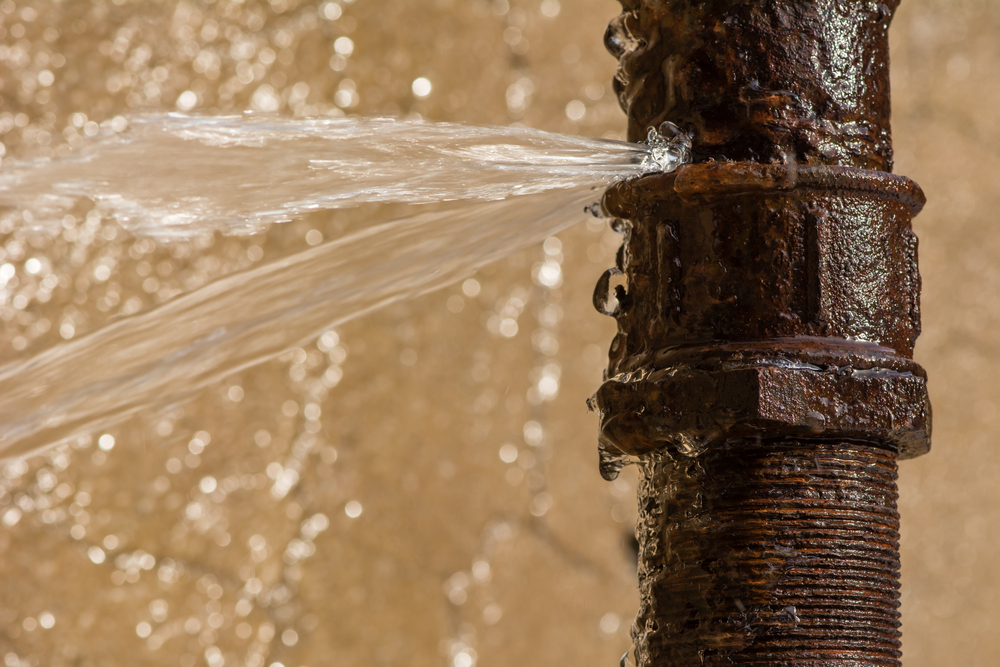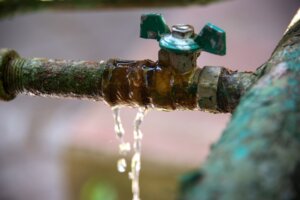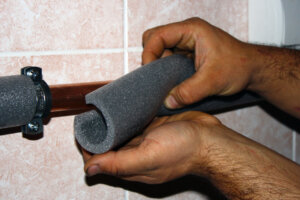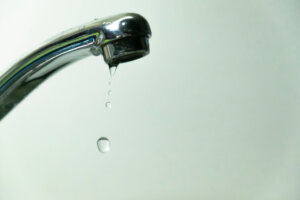Have you ever filled up a water bottle and placed it in the freezer overnight, only to find that it broke through the plastic the next day? Water has a unique ability to expand when it turns into ice, which is literally very cool for a science experiment, but a cause for concern when it comes to making sure the pipes in your home don’t burst in Canadian winters. We may be able to endure freezing temperatures year after year (even if we hate winter), but our pipes may have some difficulties. The last thing anyone wants to deal with is a flooded basement, so here are some steps you can take to avoid burst pipes, before picking up the phone to call a plumber.
Preventative Measures
Before cold weather hits, start by draining any excess water from your water lines, sprinkler or swimming pool lines. Water trapped inside will expand once winter arrives, so it’s better to be proactive! If you have a removable hose, shake out any water left inside before storing it away for the season. Be sure to close any inside valves and taps that connect to your water lines. Keep the outside valves open so water can easily drain out, and any water leftover can expand without breaking or bursting your pipes.
If you think that the best antidote to frozen pipes is antifreeze, think again. Not only is this harmful to the environment, but you should never put it in your pipes as it contains chemicals that are dangerous to humans, pets, and basically any wildlife. You don’t want traces of this contaminating your water.
Circulate, Insulate, or Renovate
Water pipes are located in several areas, such as your basement, garage, and attic. Even your kitchen and bathroom cabinets may have exposed pipes that can come into contact with cold air. Keeping interior doors open inside your home, like your cabinets or cupboards, will allow warm air to circulate properly and heat your pipes. For colder areas like your garage, basement, attic, and any crawl spaces, buy some insulated tubing or sleeves to give your pipes extra protection. You can also buy heating tape and apply it directly onto your pipes to seal any seams or cracks. If you notice that these rooms tend to run cold, installing extra insulation in your walls, floors and ceiling will help ensure that your pipes (and your rooms) stay warm.
If any of your water pipes run on an exterior wall of your home, it’s a good idea to insulate them with proper materials, to reduce the impact of cold air exposure. However, it’s much better to relocate them to the inside where it is warmer. This is a larger DIY project, and if you don’t have the right tools or technical know-how, it’s good to call a professional to help figure out how and where to best reinstall your pipes.
A Little Drip Goes a Long Way
Keeping your tap(s) running during the day at a slow trickle or drip will actually help alleviate pressure further down the pipeline. Pipes can burst because of the increase in pressure between the blocked area and the faucet, so turning on the tap may be able to prevent this from happening. However, if water has stopped running altogether, it means that your pipes are indeed frozen. A hair dryer, hot water bottle or heating pad, a space heater, and even towels soaked in hot water will usually do the trick to thaw your pipes. But, be sure to clear the area of anything flammable first! This could take a bit of time, so keep applying heat, be patient, and wait until you hear sounds of water coming through your tap. Absolutely avoid using anything with an open flame like lighters and blow torches, and do not use kerosene or propane heaters, or charcoal stoves.
Keep the Heat On
Your hydro bills might cost a little more, but keeping the temperature in your house comfortably warm and consistent throughout the day will prevent water from freezing. If you are going on vacation, it’s tempting to turn the heat off to conserve energy, but it’s in your best interest not to adjust the settings when it is very cold outside. You don’t have to blast your heat at a high setting, either. With programmable or smart thermostats, you can regulate the temperature so it rests at 10 to 13 degrees Celsius, which is warm enough to keep water running through your pipes without any issues while you are gone.
Take Precautions When You’re Away
Tying into the last point, if you are planning a trip to escape the cold, even if it’s just for a long weekend, ask a friend or trusted neighbour to check on the house while you’re away. It’s good to have someone turn on the taps every few days (or leave them on at a slow trickle, as mentioned) to make sure the water is running properly, especially if the temperature drops to below freezing. If you have any valuables or important items and documents that are stored near your pipes, move them to a different spot in the house. It’s better to be safe than sorry, just in case a leak should spring while you’re not at home.
By taking action beforehand, hopefully your house will be better equipped to handle harsh winter weather. But, if you notice that your water still isn’t running after exhausting these methods, or if your pipes have already burst (yikes!), it’s time to call a plumber to take care of the problem.





